Baking without eggs: How to replace eggs?
- Eggs are one of the main ingredients in many baking recipes because they make cakes and Co. fluffy and bind ingredients together. If you want to bake vegan or have an egg intolerance, you can also use fruit and other plant-based alternatives as egg substitutes. Example: Instead of an egg, finely mash or puree half a ripe banana and add it to the cake batter. Personally, I love this alternative because the pastry becomes additionally moist; however, this egg substitute reaches its limits in recipes with many eggs in the dough.
- Applesauce can also replace eggs in baking. Use 60-80 grams of applesauce per egg (moister doughs such as muffin doughs or those for moist sponge cakes are best). I recommend unsweetened applesauce as an egg substitute; otherwise, be sure to adjust the amount of sugar in addition to the amount of liquid.
- Soy flour instead of the egg is a bit more advanced ;-). Stirred into two tablespoons of water, one tablespoon of soy flour can replace one egg.
- Egg substitute powder works on a similar principle but tastes more neutral than soy flour. Be sure to follow the package directions; usually, you must mix one teaspoon of egg substitute powder with a few tablespoons of water for each egg.
- Ground flax seeds instead of eggs and chia seeds are particularly suitable for savory pastries because of their slightly nutty taste. The flaxseeds also need to be mixed with water; for every two tablespoons of ground seeds, add about 2-3 tablespoons of water.
- A reader has written to us that for years she has been replacing eggs with vinegar in cakes. Specifically, she takes for each egg: 2 tablespoons of mild apple cider vinegar, about one teaspoon baking powder, about one tablespoon potato starch and some flour. The cake needs to cool well; you can't taste the vinegar. I tested vinegar in this vegan chocolate cake, for example.
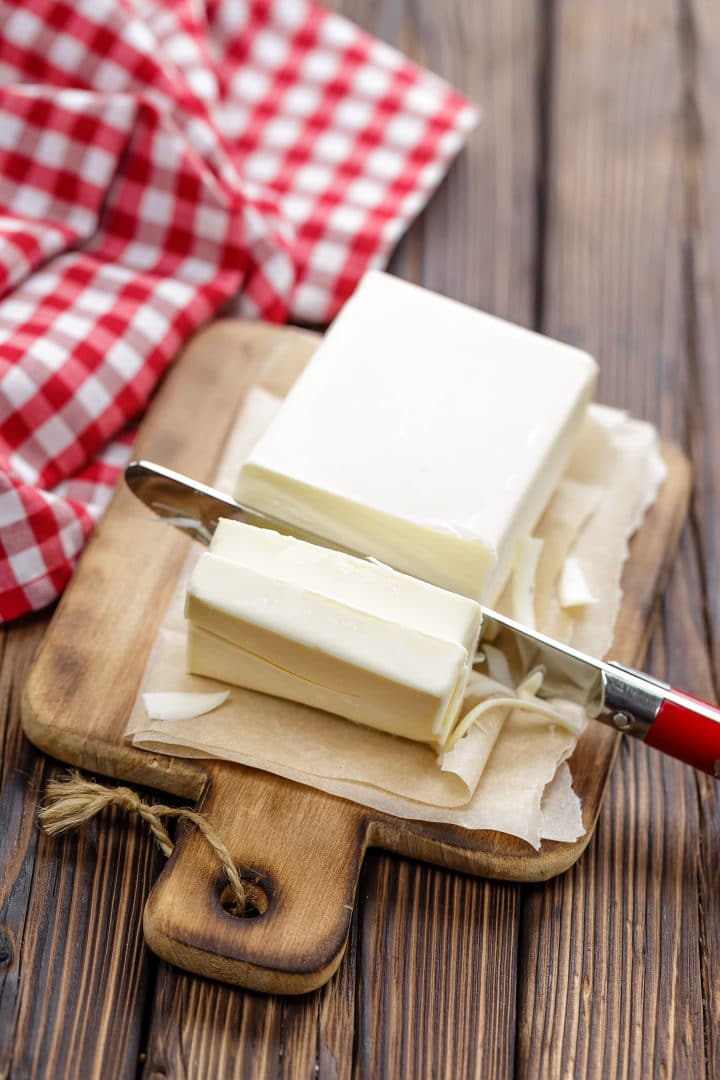
Baking without butter: How to replace butter?
- When replacing butter in cakes and Co., I don't think there are any blanket tips like "instead of butter, just use curd", even if such advice is circulating on the net. It hits the spot depending on the type of dough and the specific recipe. In general, there are the following options, among others:
- Half-fat butter instead of butter often works in many cakes, especially sponge dough and some cookie recipes. Just replace the butter with the same amount of half-fat butter.
- Margarine (including vegan margarine) and oil can also replace butter depending on the type of dough. I've even made shortbread with vegan margarine, which tasted good, though not quite as delicious as with regular butter.
- If you want to substitute butter with oil in the cake, a smaller amount is enough. A rule is that in sponge cakes, about 100 grams of butter equals 80 grams of oil.
- Curd as a butter substitute is especially suitable if you replace only parts of the fat. You can do the same with applesauce.
- Yogurt and semolina and buttermilk or cream can also replace butter in baking, but the result will have a different consistency.
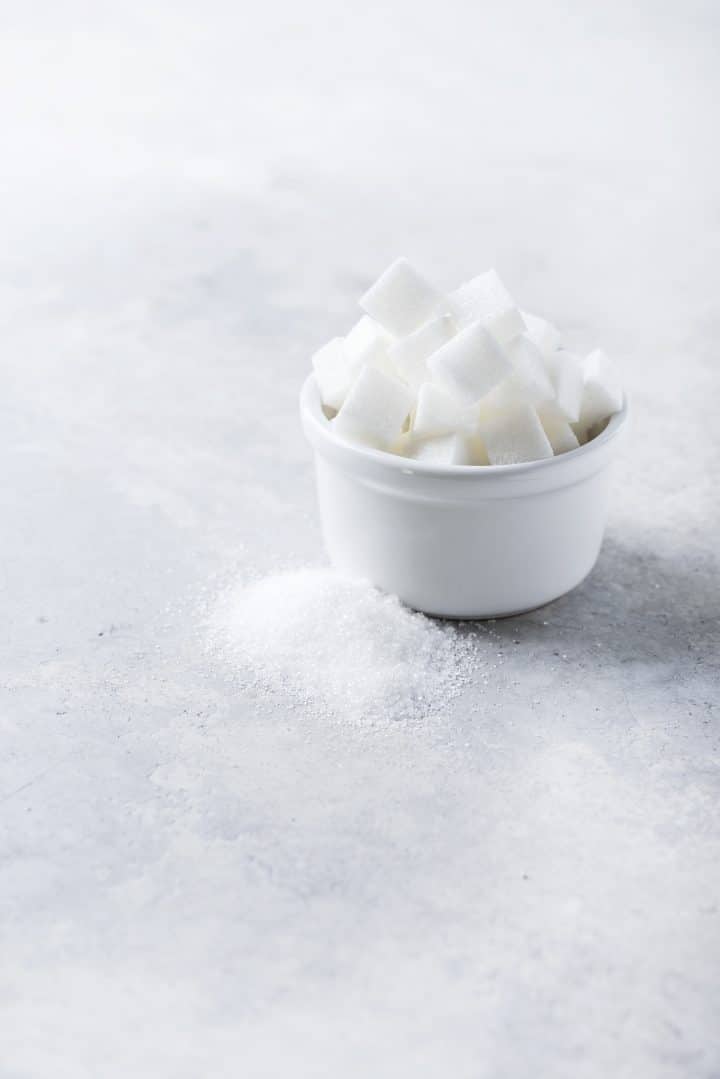
Baking without sugar: How to replace sugar, powdered sugar, honey?
- Instead of sugar, you can use alternative sweeteners like honey, maple syrup, agave syrup and other fruit sweeteners. For example, in the case of honey and maple syrup, 80 grams is enough to get the same sweetening power as 100 grams of sugar. Depending on the recipe, the amount of liquid may also need to be adjusted.
- If you don't have powdered sugar at home, it's easy to grind regular sugar very finely. I often run the sugar through several rounds in the food processor or kitchen chopper until it's the best thing.
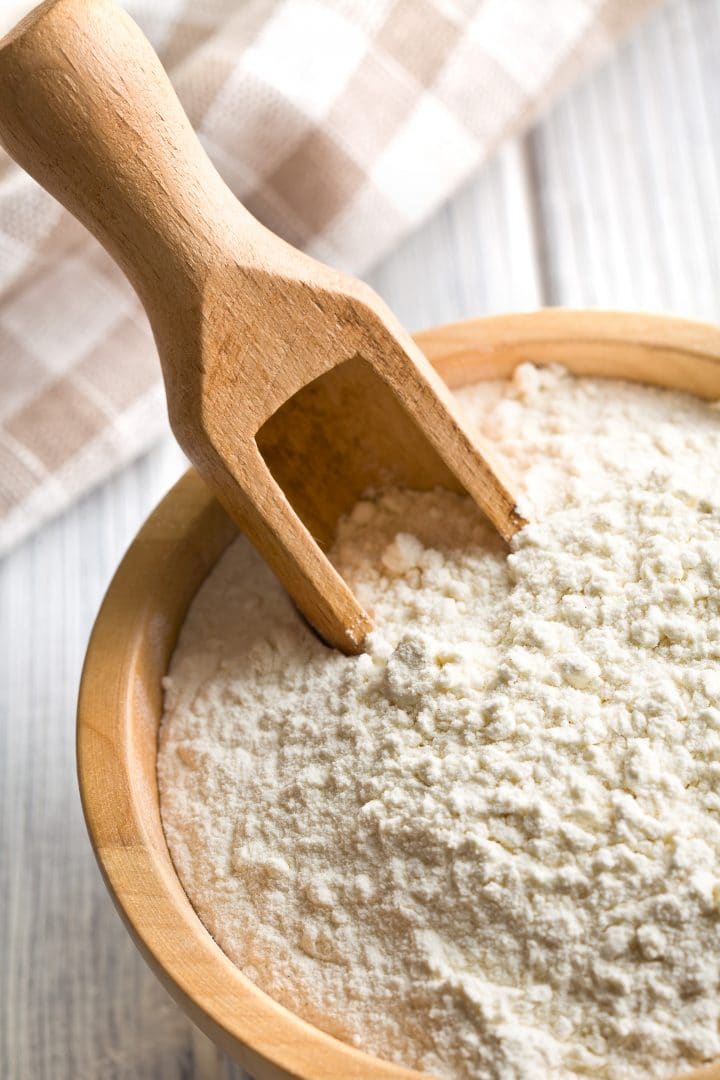
Flourless baking: How to replace flour and cornstarch?
- You can use coconut flour, almond flour and nut flour mainly in low carb baking. However, you can unfortunately not replace regular flour 1:1 with the lower-carbohydrate flours and really have to proceed recipe by recipe.
- Whole wheat flour instead of regular flour, on the other hand, is almost always possible. However, so that the cake batter or similar does not become too dry, you should increase the amount of liquid (water or milk) in the recipe if you are not using white flour. A basic rule is that you need about one to two additional tablespoons of liquid for every 100 grams of whole wheat flour.
- Light spelt flour (type 630) is particularly suitable as a substitute for wheat flour. It doesn't only taste and look almost like wheat, but also has very similar baking properties. You can use it for all types of dough. However, like wheat flour, it contains gluten, so it is not for people with gluten intolerance.
- Instead of cornstarch, sometimes other binders like guar gum can be used in baking. However, I have no experience with this yet. In cake recipes where, for example, there is one part flour and one part cornstarch, I sometimes also just use flour exclusively - this has never led to any problems.
- As a substitute for pudding powder, cornstarch is suitable since the regular pudding powder packets consist almost only of starch (and some salt and flavoring, depending on the variety) anyway. If you want to swap ingredients, you have to know that there are about 40 grams in a packet of pudding powder.
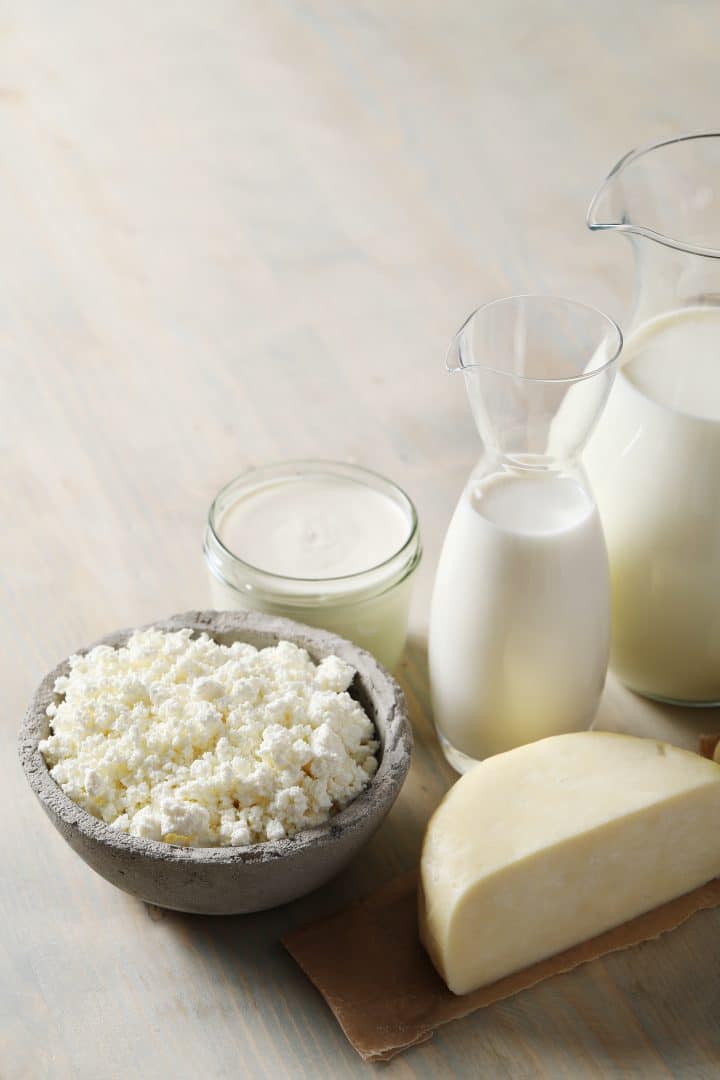
Baking without dairy products: How to replace milk, yogurt, cream?
- You can replace milk easily with plant-based alternatives such as soy milk, oat milk, rice milk or almond milk for vegans or people with lactose intolerance. The pastry maybe also get a slight additional flavor, which of course, you should like. Personally, I often use oat milk because I like the taste.
- Coconut milk instead of milk is suitable, for example, for creamier fillings or exotic pastries.
- Soy yogurt, soy curd and soy cream are good alternatives for baking, especially for vegans.
- Replacing buttermilk works in the following ways: You can easily use yogurt instead of buttermilk or kefir. Another buttermilk substitute is regular (cow) milk plus some lemon juice.
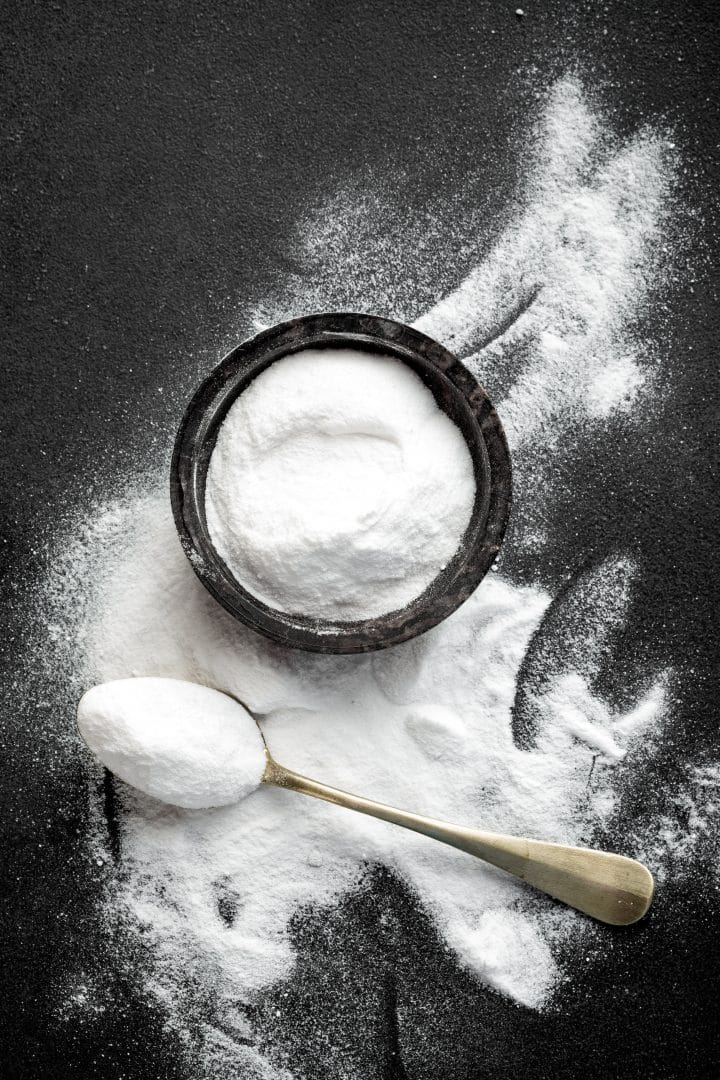
Baking without leavening agents: How to replace baking powder and baking soda?
- Instead of baking powder, high-proof alcohol such as rum or brandy also results in the best rising of pastries. But use carefully 😉 !
- Mineral water with a lot of carbonic acids makes the dough just as loose as baking powder; I go by feel when dosing.
- Also, you can replace baking powder in many recipes with baking soda plus an acidic dairy product like buttermilk or lemon juice. You can find this baking powder alternative in most muffin recipes anyway, for example. However, do not substitute baking powder and baking soda 1:1; you will need much less baking soda for the same effect.
- Of course, it works the other way around, too: If you don't have any baking soda left at home, you can use (more, about twice as much) baking powder instead. Baking powder consists partly of baking soda anyway.
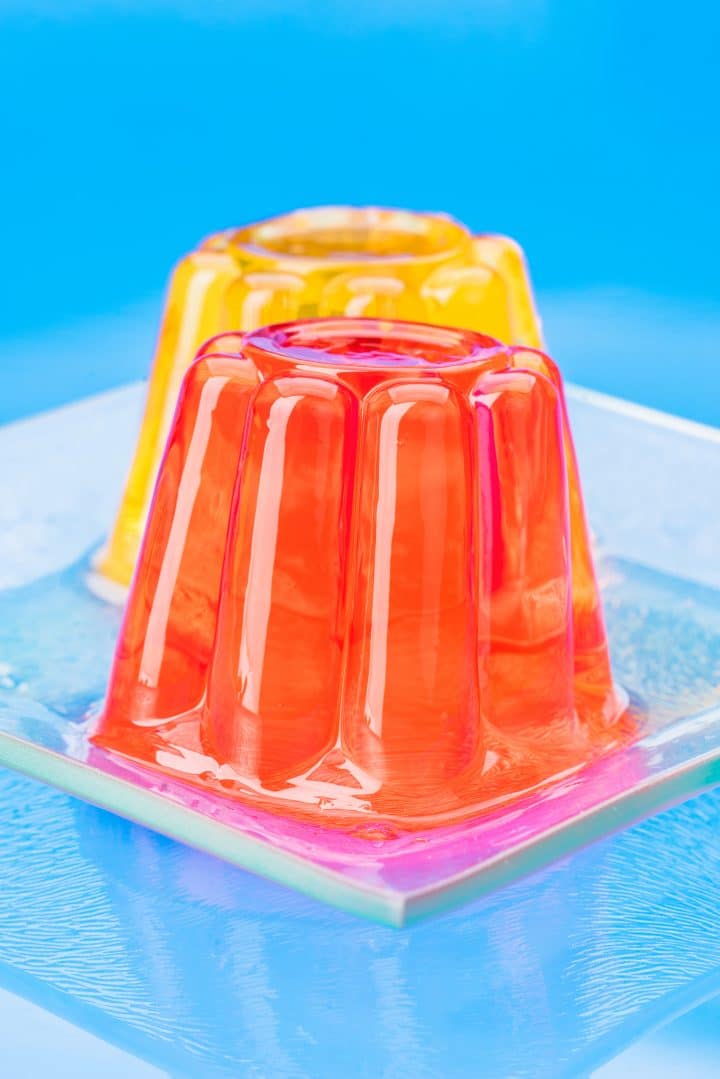
Baking without gelatin: How to replace gelatine?
- Since gelatin is made out of animal tissue, vegans understandably like to avoid this baking ingredient. A suitable gelatin substitute is agar-agar, a vegetable alternative made from dried seaweed. You can buy agar-agar as a powder and must first briefly boil it with water or similar before you use it.
Note: Like all my texts, these tips were compiled and written by me with great care. If you want to use them on your website, please link to us.

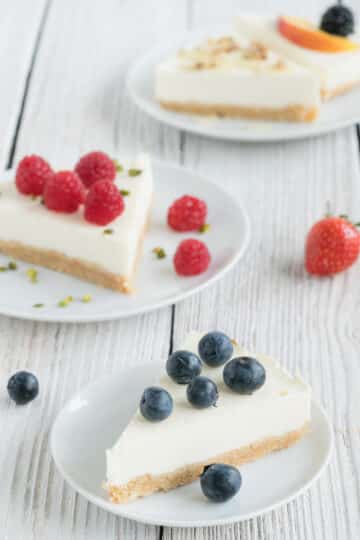
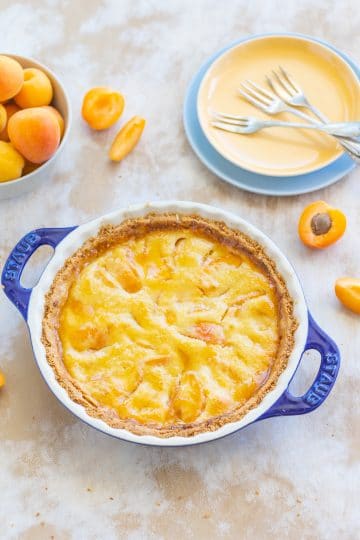
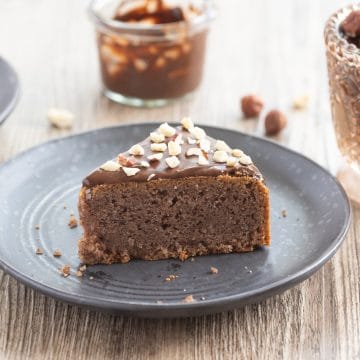
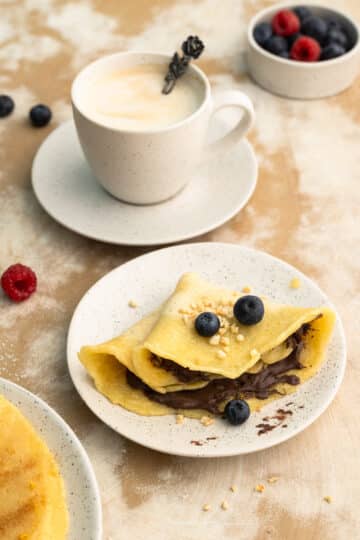

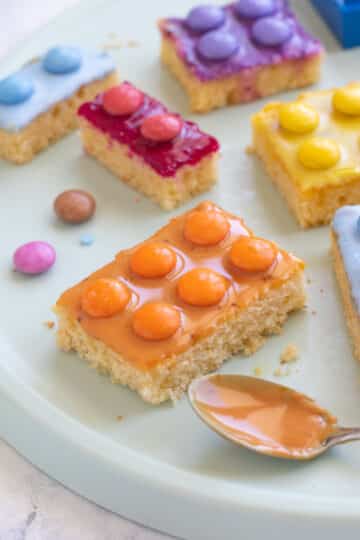
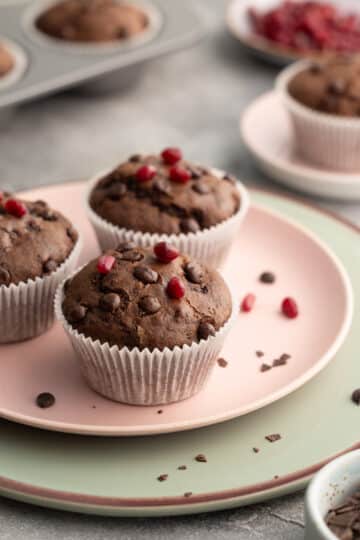
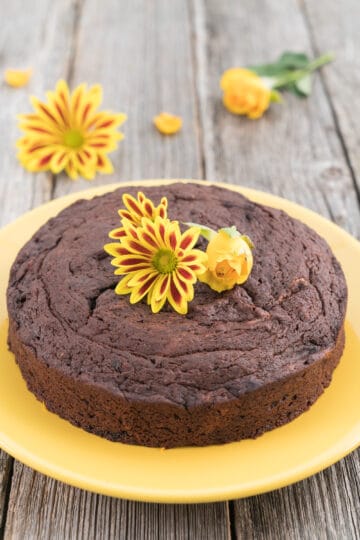
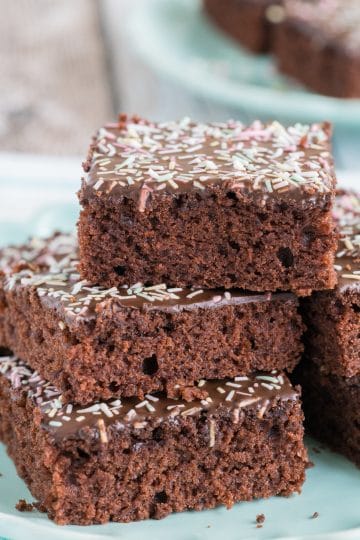
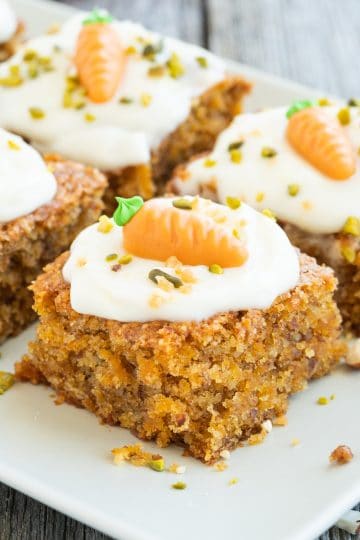
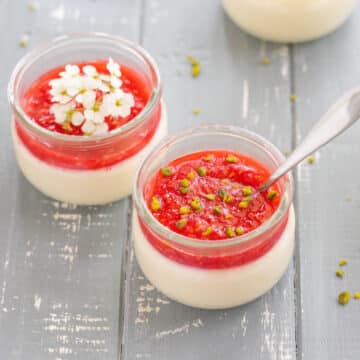
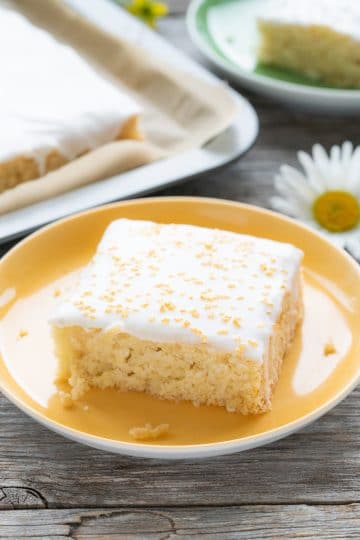
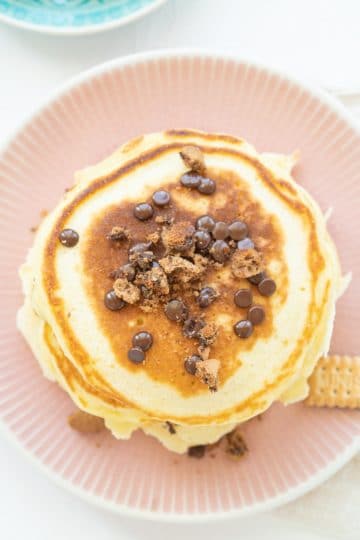
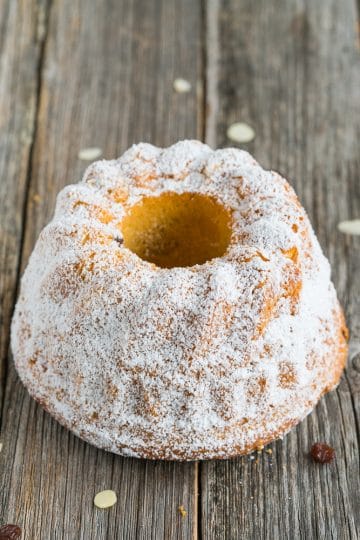
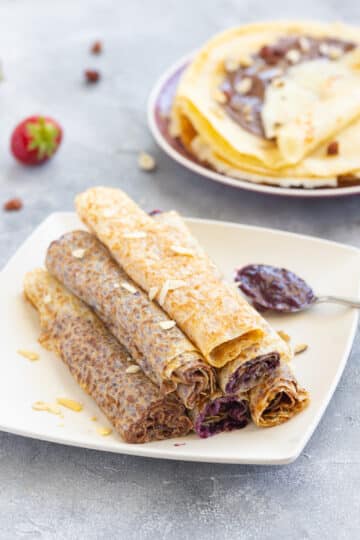
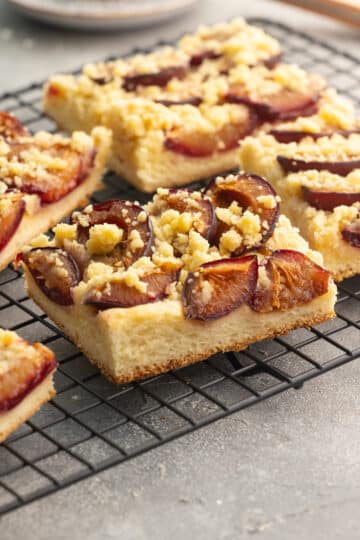

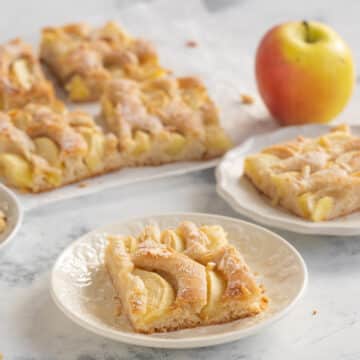
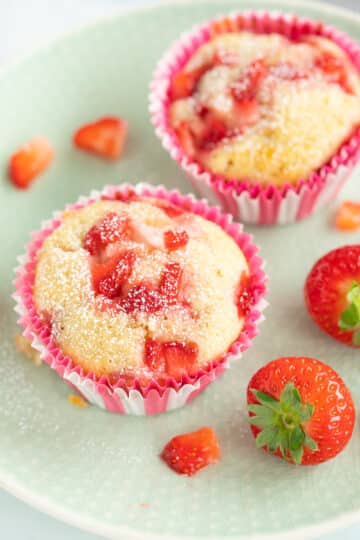
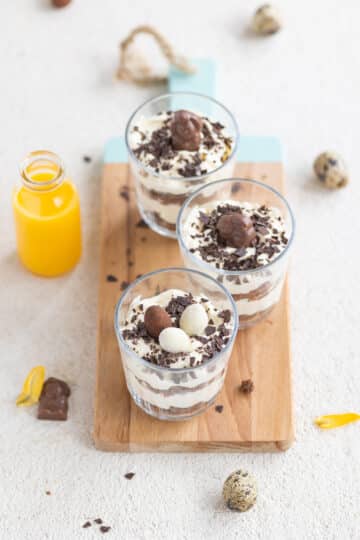
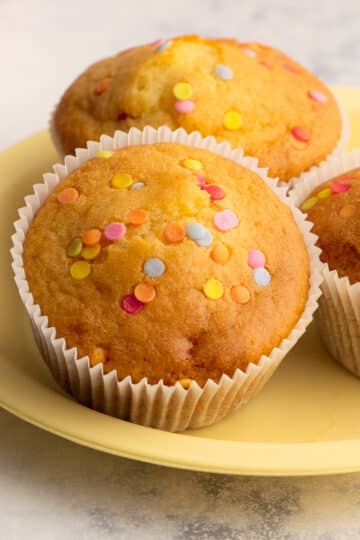
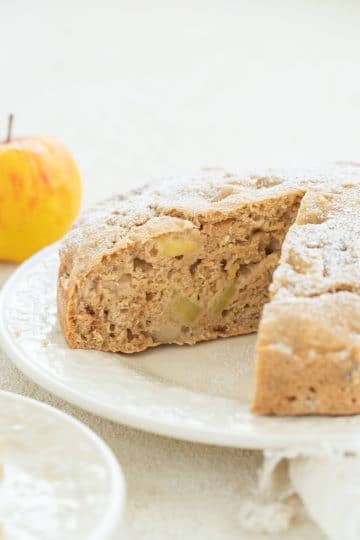
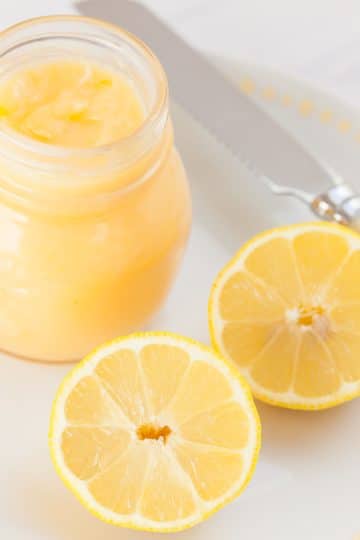
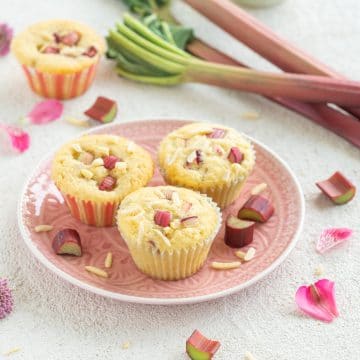
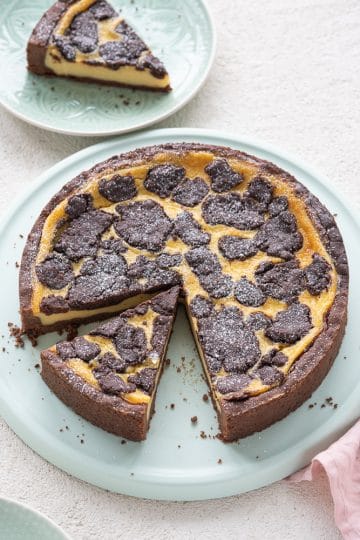
Is it possible to add Walnut flour in this recipe? I’ve made the almond cookies before and it had both self raising flour and almond flour! If I can add walnut flour what amount would you suggest or should I leave it out altogether?
Thanks
Nellie
Hi Nellie, which cookie recipe do you mean exactly?